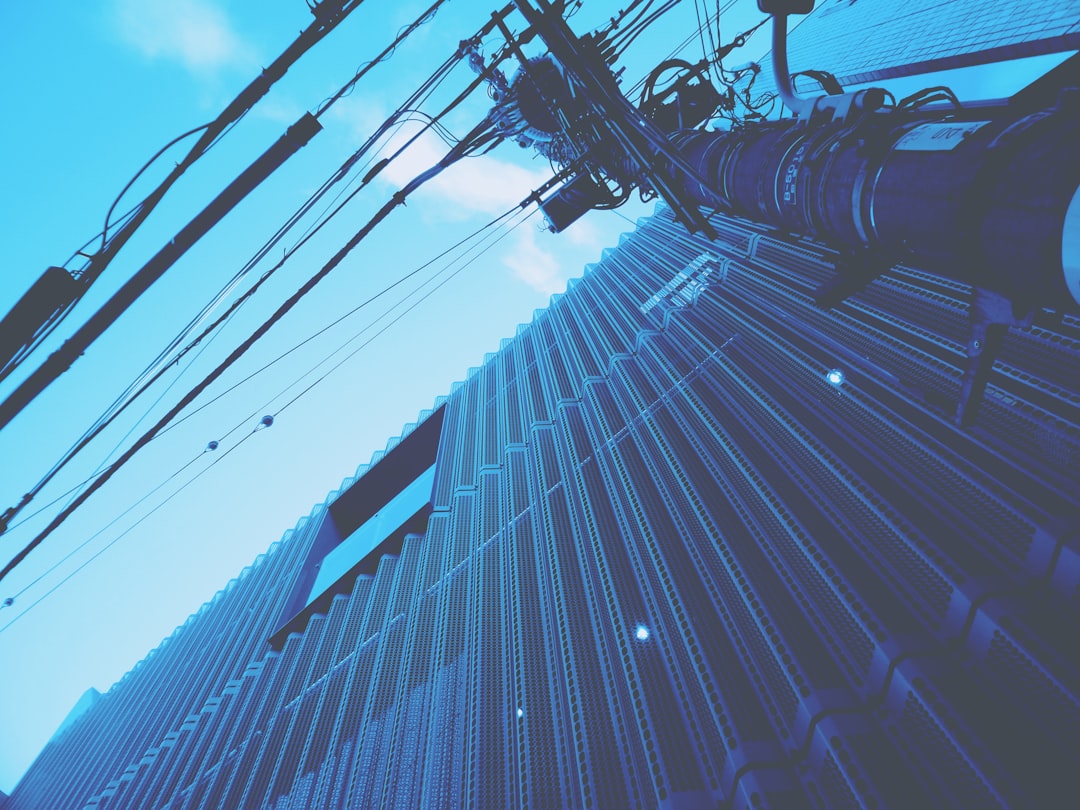Summary: As AI-driven data centers expand rapidly, consumers are increasingly concerned about rising electricity bills. While renewable energy sources like solar are growing, challenges with natural gas supply and infrastructure delays complicate meeting the rising demand. Public sentiment toward AI is mixed, with worries about job impacts and energy costs fueling a potential backlash.
Consumers Worry About Rising Utility Bills Amid Data Center Growth
Tech companies are announcing plans for massive new data centers, but a recent survey commissioned by solar installer Sunrun reveals that 80% of consumers are concerned these AI-driven developments will increase their electricity bills.
These worries are understandable given recent trends in electricity consumption.
Data Centers’ Growing Share of U.S. Electricity Consumption
According to the U.S. Energy Information Administration (EIA), electricity demand in the United States remained steady for over a decade. However, in the past five years, commercial users—including data centers and industrial facilities—have significantly increased their electricity use, growing annually by 2.6% and 2.1%, respectively. In contrast, residential electricity use grew by only 0.7% per year.
Today, data centers consume about 4% of the electricity generated in the U.S., more than double their share from 2018. The Lawrence Berkeley National Laboratory projects this consumption could rise to between 6.7% and 12% by 2028.
Renewables and Natural Gas: Challenges in Meeting Demand
Electricity generation has kept pace with demand largely due to a surge in new capacity from solar, wind, and grid-scale battery storage. Big tech companies have secured large utility-scale solar deals, attracted by solar’s low cost, modularity, and quick deployment. Solar farms can begin supplying power to data centers even before construction is complete, typically within about 18 months.
The EIA expects renewable energy to dominate new generating capacity through at least next year. However, experts warn that a potential Republican repeal of key parts of the Inflation Reduction Act could slow renewable growth beyond 2026.
Meanwhile, natural gas—a favored energy source for data centers—has not kept pace. While production has increased, most new supplies have been directed toward exports rather than domestic consumption. Between 2019 and 2024, natural gas consumption by electricity generators rose 20%, but exports surged by 140%.
New natural gas power plants take around four years to build, and a backlog of turbines has extended delivery times up to seven years. This delay, combined with limited new production capacity, further strains the energy supply.
These challenges with natural gas and potential setbacks in renewable energy growth place data center developers in a difficult position as they try to meet increasing electricity demand.
The Public’s Mixed Feelings About AI and Energy Costs
While AI and data centers are not solely responsible for rising electricity demand—industrial users have also contributed significantly—they often dominate the headlines.
Public sentiment toward AI is mixed. A Pew survey found more people are concerned about AI than excited by it, especially as many employers use AI to reduce headcount rather than augment employee productivity.
When combined with rising energy prices, these concerns may fuel growing public backlash against AI and the expanding data center footprint.
